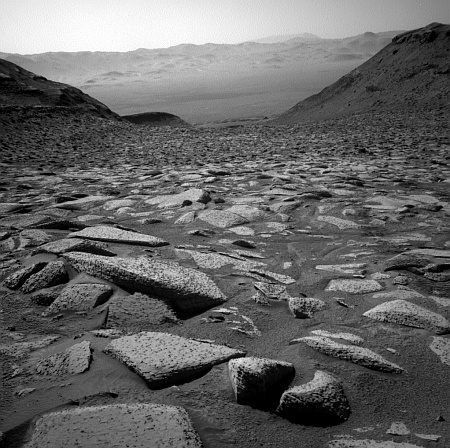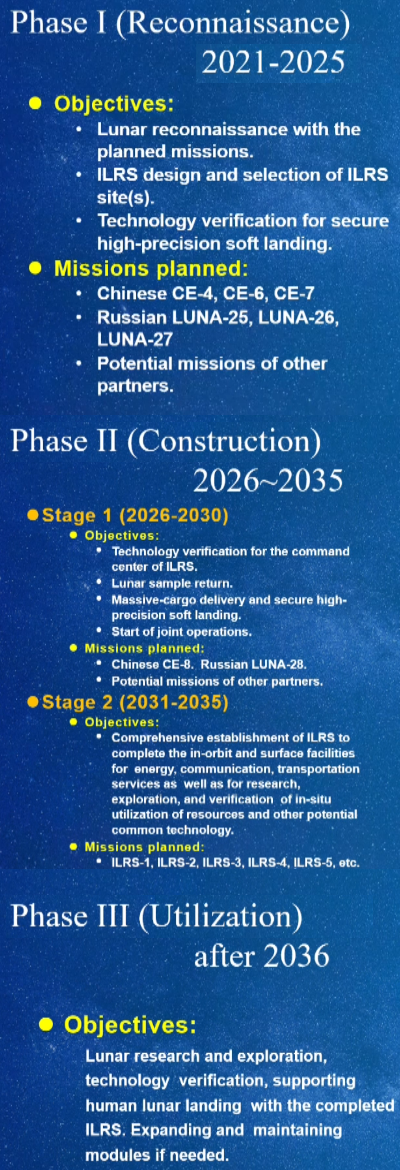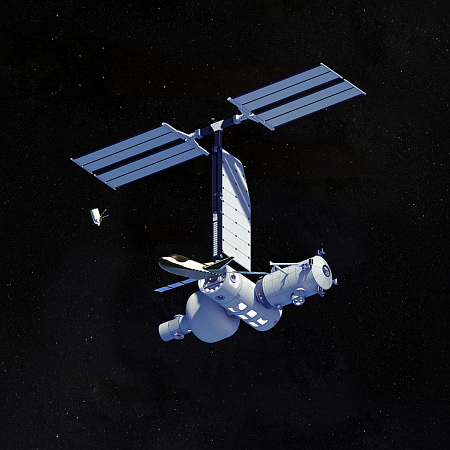Rocket Lab gets two big military contracts, from the Space Force and the UK
Due to its success in quickly redesigning the first stage of its Electron rocket into a hypersonic test vehicle dubbed HASTE, Rocket Lab has now won two very large hypersonic test program contracts from both the American Space Force as well as the United Kingdom.
Rocket Lab has been selected by the U.S. Air Force to participate within its Enterprise-Wide Agile Acquisition Contract (EWAAC), a $46 billion indefinite delivery-indefinite quantity (IDIQ) contract designed for the rapid acquisition of innovative technologies, engineering services, and technical solutions that develops the Air Force’s new capabilities. The program has a contracting period through to 2031 and is designed to be broad in scope, flexible in funding, and agile for maximum use to enable the Air Force to quickly procure services and technologies across various domains.
Further, Rocket Lab has also been selected by the United Kingdom’s Ministry of Defence (UK MOD) for its Hypersonic Technologies & Capability Development Framework (HTCDF), a ~$1.3 billion (£1 billion) framework to rapidly develop advanced hypersonic capabilities for the United Kingdom. As a newly-selected supplier to the HTCDF, Rocket Lab is now eligible to bid to provide services, technologies, and testing capabilities that support the UK’s development of sovereign hypersonic technology.
In both cases Rocket Lab will bid for test contracts using HASTE.
These deals indicate that Rocket Lab has essentially grabbed the business that Stratolaunch had been vying for with its giant Roc airplane and Talon test drop vehicles. Stratolaunch might get some contracts, but it appears the bulk of the work will instead go to Rocket Lab. It also appears that Stratolaunch has also been beaten to this business by the startup Varda, which has also won an Air Force contract for hypersonic testing using its orbital capsules during their return to Earth.
Due to its success in quickly redesigning the first stage of its Electron rocket into a hypersonic test vehicle dubbed HASTE, Rocket Lab has now won two very large hypersonic test program contracts from both the American Space Force as well as the United Kingdom.
Rocket Lab has been selected by the U.S. Air Force to participate within its Enterprise-Wide Agile Acquisition Contract (EWAAC), a $46 billion indefinite delivery-indefinite quantity (IDIQ) contract designed for the rapid acquisition of innovative technologies, engineering services, and technical solutions that develops the Air Force’s new capabilities. The program has a contracting period through to 2031 and is designed to be broad in scope, flexible in funding, and agile for maximum use to enable the Air Force to quickly procure services and technologies across various domains.
Further, Rocket Lab has also been selected by the United Kingdom’s Ministry of Defence (UK MOD) for its Hypersonic Technologies & Capability Development Framework (HTCDF), a ~$1.3 billion (£1 billion) framework to rapidly develop advanced hypersonic capabilities for the United Kingdom. As a newly-selected supplier to the HTCDF, Rocket Lab is now eligible to bid to provide services, technologies, and testing capabilities that support the UK’s development of sovereign hypersonic technology.
In both cases Rocket Lab will bid for test contracts using HASTE.
These deals indicate that Rocket Lab has essentially grabbed the business that Stratolaunch had been vying for with its giant Roc airplane and Talon test drop vehicles. Stratolaunch might get some contracts, but it appears the bulk of the work will instead go to Rocket Lab. It also appears that Stratolaunch has also been beaten to this business by the startup Varda, which has also won an Air Force contract for hypersonic testing using its orbital capsules during their return to Earth.









